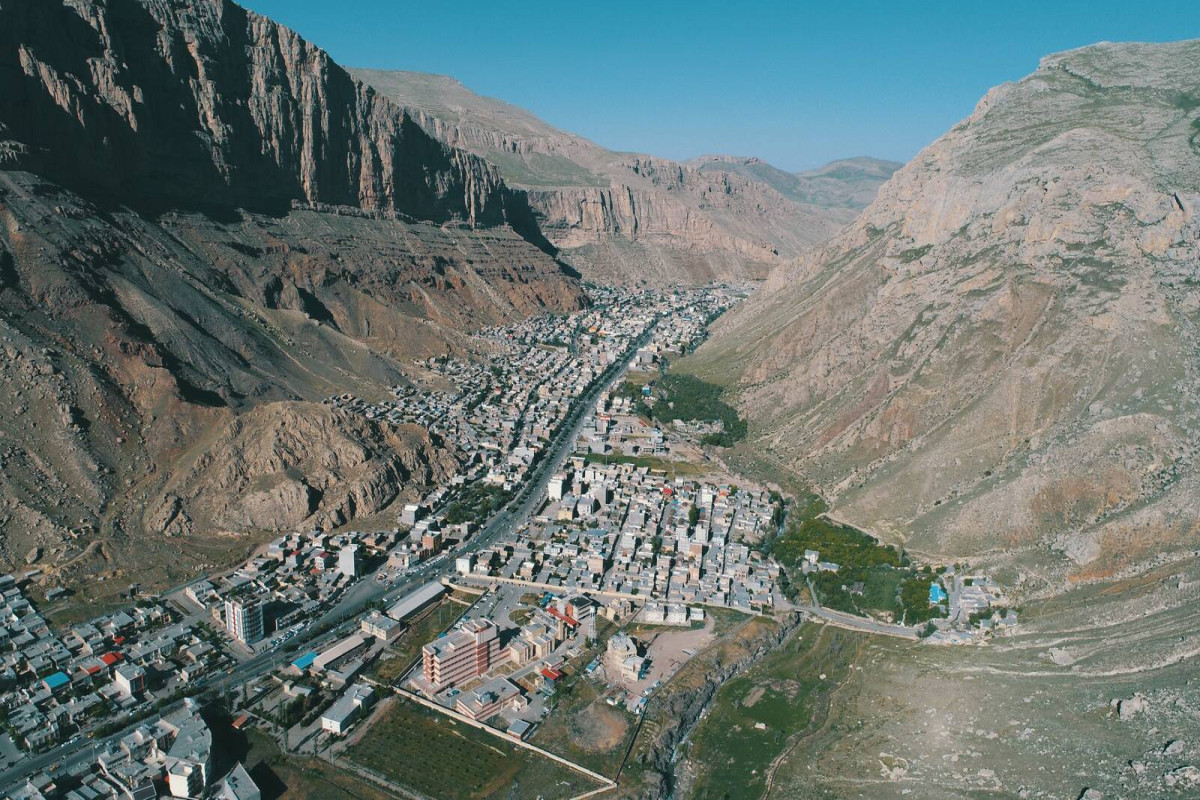APA presents "The city of Maku" article by Mohammad Rahmanifar as part of the "Know South Azerbaijan" project
Khoy city: An impregnable fortress of Azerbaijanism and freedom trench
URMIA: Beating heart of Azerbaijanism
How does the Tehran regime Persianize Turkish toponyms in South Azerbaijan?
Azerbaijani saz wrapped in an American flag and thrown into a fire in Tabriz
One of the prominent historical places in South Azerbaijan -Sheheryeri
Urmia Lake: The bleeding wound of South Azerbaijan
If Lake Urmia dries up: Diseases to increase, agriculture to be destroyed, people to migrate
The city of Maku is located in the north-west of the West Azerbaijan Province, bounded by the Karasu River and the Republic of Türkiye to the north, the Aras River and the Republic of Azerbaijan (Nakhchivan Autonomous Republic) to the east, the Republic of Türkiye to the west, and Khoy Province to the south. According to the administrative-territorial division of Iran, the South Azerbaijan region of the country is divided into West Azerbaijan, East Azerbaijan, Ardabil, Zanjan, Alburz, Qazvin and Hamadan provinces (ostans). Maku city is actually located in the center of Maku district (shahrestan) and this district is surrounded by smaller cities like Bazargan and settlements like Qaleh Darasi, Gara Su, Chaybasar, and Sari Su. Maku is one of the most beautiful cities of Azerbaijan, its old part is located in a valley like a narrow strip between two high mountain ranges. The Zangmar River, which flows along the edge of this long and narrow city, doubles the beauty of the city. Of course, in recent years, the city has expanded considerably and spread to the plains beyond the slopes of the mentioned mountains.
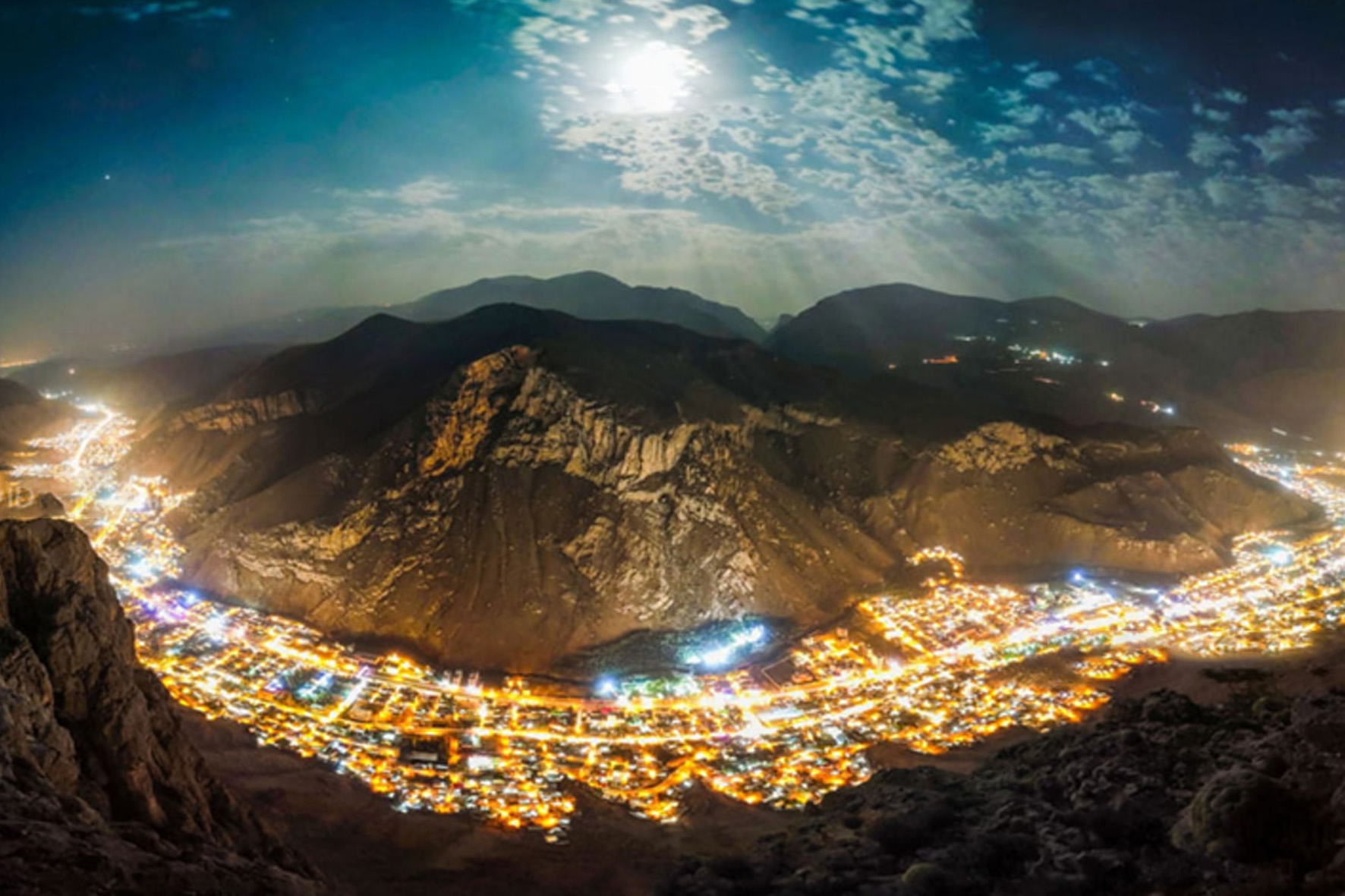
Today, this city is considered a land crossing between Iran and Türkiye through the Bazargan-Gurbulag border customs, and people entering and leaving both countries visit that city. Maku has a population of about 100 thousand people. Most of the population speaks Azerbaijani Turkic and a small minority speaks Kurmanji language. The majority are Shiite, while the minority is Sunni.
Maku City through the history
Archaeological finds and historical data show that the city of Maku was located in the territory of the state of Urartu (first millennium BC). At the height of its power, the Urartian government ruled Eastern Anatolia, Northern Iraq, and a large part of Azerbaijan. It is likely that Maku, like parts of Urartu territory, was occupied and ruled by Armenians for a time after the fall of the Urartu government, which many historians believe was a proto-Turkic people. Note that the claim of the Armenians as the heirs of the Urartu government is completely unfounded and false. Armenians are not the successors of the Urartu government, nor are they the element that eliminated this government. According to archaeological finds and historical data, it was not the Armenians who eliminated the Urartu government, but the Sakas, yet another proto-Turkic element. Sakas did not stay in Azerbaijan for more than 30 years. After the resettlement of the Sakas to other regions, many Armenians took their place. Apart from archeological finds and historical information, place names and toponyms prove that the region belonged to Azerbaijani Turks throughout history and that it was often ruled by Azerbaijani Turks. Almost all place names of the region are in Turkic.
This city historically had a strategic position due to its unique geographical position. However, although the remains of ancient castles prove this claim, we know very little about the history of the city. Among the travelers and geographers of the Islamic era, only Yagut Hamawi (1178-229) and Hamdullah Mostufi provide information about this city. Hamavi writes: "Maki is a fortress in Azerbaijan. It is located on a high rock. The shadow of the rock falls on the city until noon."
Western historical sources do not provide much information about this city. Ruy González de Clavijo, the special envoy sent by the king of Castile (Spain) to the palace of Amir Timur, is among the few westerners who mentioned the name of the city. The ambassador of the king of Spain who visited Maku in 1403 also mentions the fortress of Maku.
Maybe Maku could witness growth and progress like many cities of Azerbaijan during the Safavid era. However, the location of this city near the Chaldiran plain and the defeat of the Safavid Empire in the Battle of Chaldiran had a bad effect on the fate of this border city. Although some historical sources associate the destruction of Maku Castle by the hands of Shah Abbas II during the Safavid period with the hiding of miscreants and roadblocks in that castle, it is likely that this issue is related to the peace treaty concluded between the Safavids and the Ottomans. In the peace agreements concluded between the Ottomans and the Safavids, we often find such cases, that is, the evacuation or destruction of fortresses located in the border region. In fact, the current city of Maku is more a relic of the Turkic Gajar dynasty than the relic of the ancient city of Dambat (Dambat, which was considered a large and extensive settlement center in the pre-Islamic period, is now considered one of the villages of Maku city) or the Gaban Castle (Maku Castle). During the Qajar era, the Maki khans from the Bayat clan of the Oghuz Turks, who won the special attention and love of the Qajar shahs, played a great role in the development and growth of this city. It is during this period that the name of Maku and the state of this city are repeatedly mentioned in the travelogues and memoirs of Westerners and Qajar government officials.
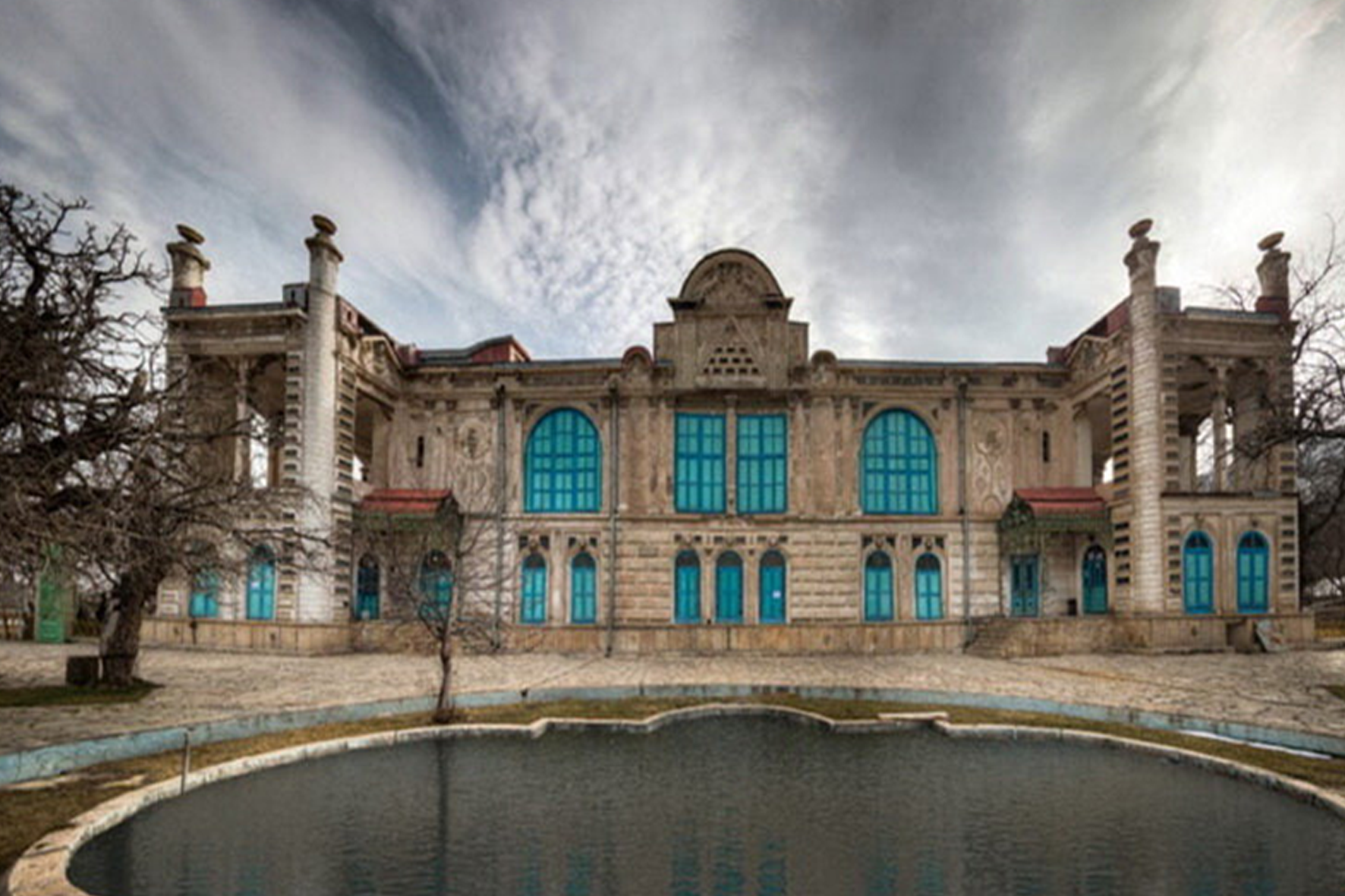
The last khan of Maku, Iqbal-us-Saltana (1895-1924), from the Bayat tribe, was loyal to the Qajar family in the conflicts between the Russians and the Ottomans, but always took a position in favor of the Ottomans and prevented the activities of Armenians and Russian supporters in the regions he ruled. However, he not only did not prevent the activities of pro-Ottoman groups but even had secret relations with the Ottoman authorities. He was captured and finally killed by Raza Khan's agents in a very cunning way.
Azerbaijani-Turkic existence in Maki
Maku is one of the cities where Azerbaijani Turkic identity is best preserved. Undoubtedly, the location of this city near the borders of Northern Azerbaijan (Nakhchivan) and Türkiye was not ineffective in this regard. Since the Pahlavi period, Turkic language has been degraded and banned in Iran in order to assimilate the Turks of South Azerbaijan. However, people living in this border town have always had a chance to watch Azerbaijani and Turkish media. And from time to time, they also have the chance to see and communicate with their Turkish and Azerbaijani compatriots.
Azerbaijani culture and language still live in this city, like in other cities of Azerbaijan. As long as customs, fashions and traditions such as Azerbaijani dance and music, performances of Azerbaijani amateurs, performances of ashiqs, bayatis, Azerbaijani mugham, Nowruz holiday, kosa, chilla night, "Koroglu" epic live in this city, it means Azerbaijan still lives in this city. Of course, Türkiye which is considered a compatriot and blood relative of Azerbaijan, has had an undeniable influence on the survival and strengthening of the Turkish-Azerbaijani culture in this city.
Today, Azerbaijani youth are determined to preserve their Azerbaijaniness, Turkicness, culture, history and language, despite all the obstacles of the government. The poet, writer, ashiq and other activists of the Azerbaijani national movement, who stood with determination against the cultural, economic and political oppression of the Iranian government, and suffered the pain of imprisonment and prison, promise a bright future for South Azerbaijan. Compared to the state institutions that are trying to erase Azerbaijani culture, their capabilities are very few and limited, but they have an unshakable will. In short, about 800 years after Yagut Hamawi, if we want to describe the city of Maku as he said, we can say "Maku is still an impregnable fortress of Azerbaijan".
Historical monuments and sightseeing
Gaban Castle
This fort covers an area of 250 hectares and is located at the highest point of Maku city. Although the exact date of construction of the castle is not known, it is known to have existed during the Timurid period. Maku Castle has walls and tall towers that function as a defense against enemy attacks.
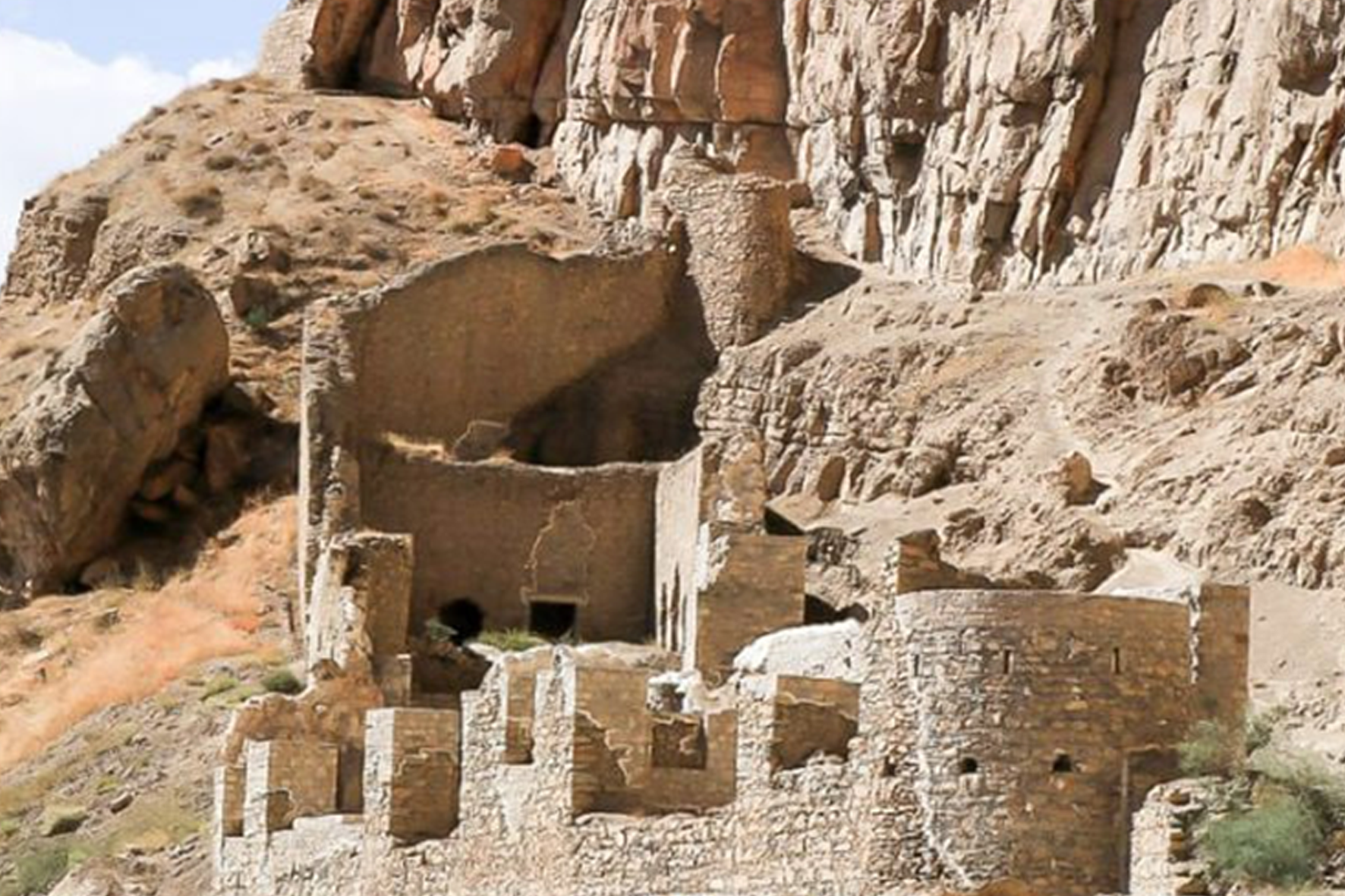
The walls and high towers of the castle were such that the city was completely under the watch of the castle guards. The remains of a prison and a bathhouse can be seen on the territory of the castle. The fort is surrounded by cliffs on three sides and even to a certain extent from the top, and the enemy could penetrate the fort only from one side and with great difficulty.
Bakhchachig Palace
This beautiful palace was built during the Qajar period - in the 19th century and was the residence of the Maku Khans. This palace is now a museum and is open to the public. The Bakhchachig Palace Museum consists of a large building of 2,500 square meters located in the middle of an 11-hectare garden. This building is built symmetrically. It has a semi-domestic, semi-foreign style of architecture and is, in fact, an integrated architecture. The local part is decorated with flowers and bushes and figures of the Qajar period, and the outer part is decorated with wallpapers of Russian houses from the 19th century and, of course, European carvings.

The most important works of this museum are sofas made in Poland, France, Austria and Russia. One of the most beautiful interior parts of this palace is Hozkhana or Hall of Mirrors, which was actually a place where various ceremonies and celebrations were held.

Farhad Roof
7 kilometers northwest of Maku, near the village of Sangar, there is a house excavated in a stony rock, which is believed to belong to the Urartian civilization and the 8th century BC. This structure consisting of 2 nested rooms is connected to the mountain by a stone staircase. Niches were carved into the walls and torches were used for lighting.
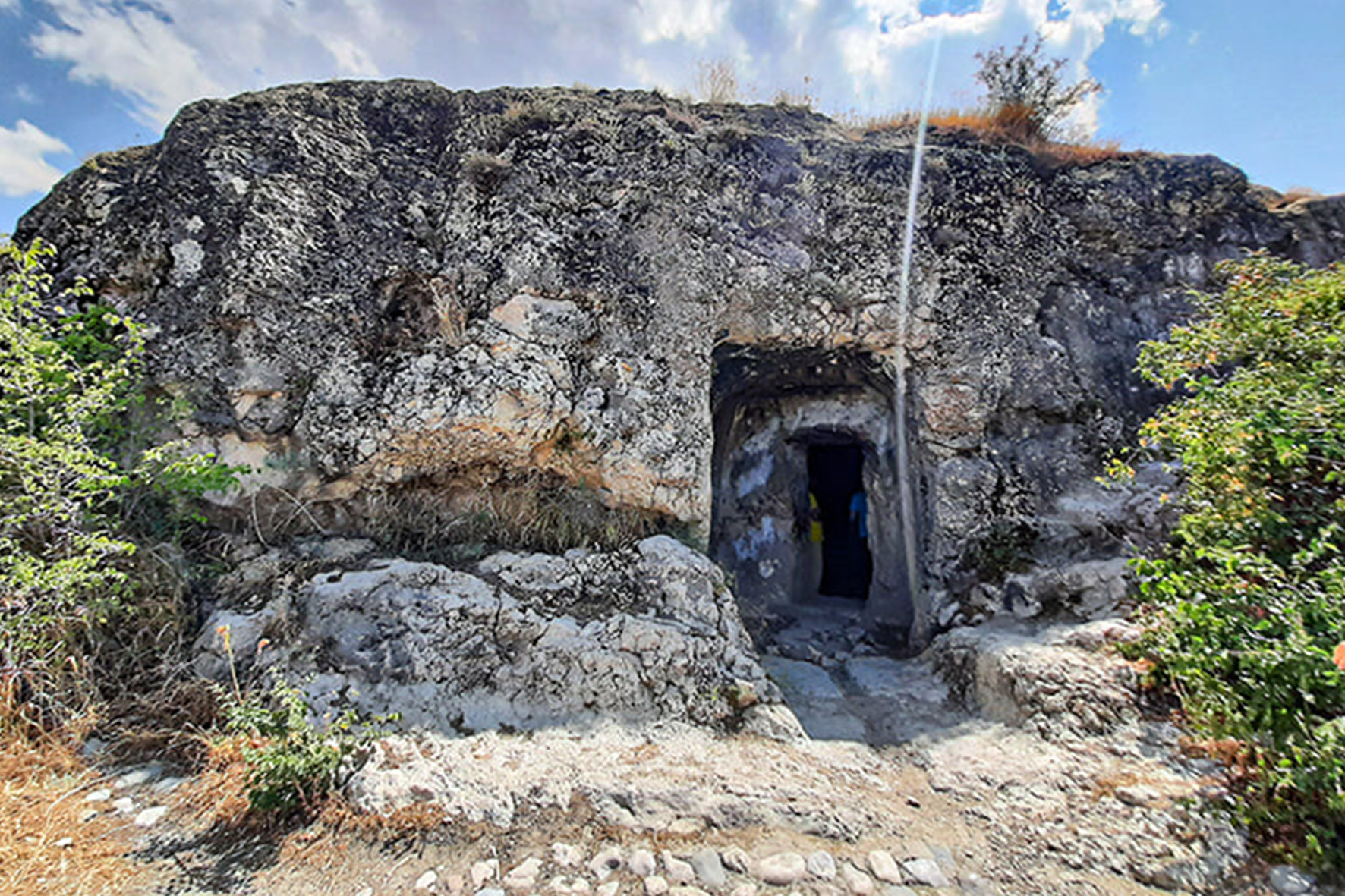

On the upper side of the rock where the Farhad Roof was excavated, there are the remains of the walls of an ancient fortress, which experts believe belongs to the Urartian period.
Conclusion word
Maku is one of the most beautiful cities of South Azerbaijan, with its green meadows, high mountains, roaring rivers, forest parks and pure nature. But the beauty of this city is not only related to its nature. Azerbaijani Turks living in this city are very determined to protect their identity and existence. It is also possible to see the beauties of Azerbaijani Turkic culture in this city. The extensions of the PKK terrorist gang, which is eyeing the western region of South Azerbaijan, want to promote this city as a Kurdish city in their media. However, this city clearly shows that it is an Azerbaijani Turkic city, both with its past history and its current situation.


